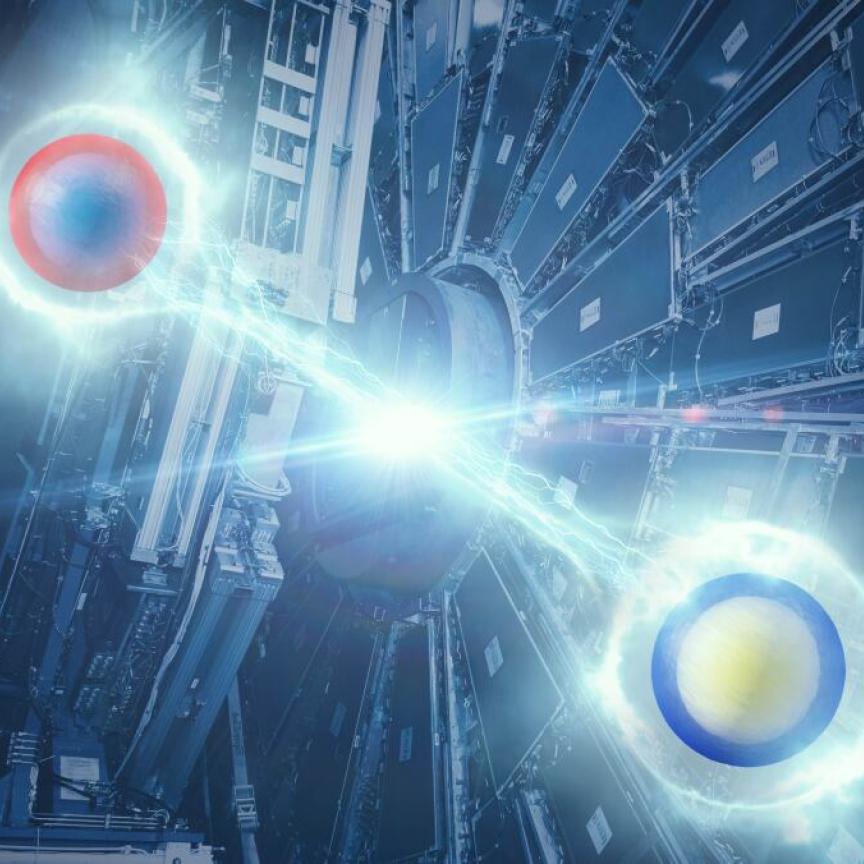Quantum internet doesn’t yet exist. The theorised reality of interconnected quantum computers is hoped to one day be actualised, allowing people to send, compute, and receive information using quantum technology. For now, it remains just that: a hope.
Yet that hope is being driven further to expectation that it will one day be achieved through scientific research and exploration of the field. Teams of scientists are aiming to perfect the much-needed hardware and components that will make quantum internet feasible.
Such hardware is linked to qubits which transport information through a combination of quantum states – unique conditions found only on the subatomic scale. But is there any evidence of tangible progress being made in the creation of hardware?
Is there any evidence of quantum internet hardware being developed?
In short, yes. New research published in Science Advance in July 2024 details how scientists from the Institute of Photonics at Leibniz University Hannover successfully transmitted quantum data and conventional data through a single optical fibre for the first time.
This milestone shows that a hybrid approach could be feasible as the research revealed that quantum data and traditional internet data can be sent as laser pulses in the same fibre-optic cable. It is an important fresh step as it could allow quantum and conventional communications to be shared using the same colour channel in fibre optic cables.
Commenting on the achievement, Michael Kues, head of the Institute of Photonics at Leibniz University Hannover, and co-author of the paper, said: "Our research is an important step to combine the conventional internet with the quantum internet. Our experiment shows how the practical implementation of hybrid networks can succeed."
To get to this stage, the team developed a method to integrate quantum and traditional data streams within the same optical fibre. They utilised advanced techniques to ensure that the quantum data, which is highly sensitive to interference, could coexist with traditional data without degradation. This involved precise control over the laser pulses and the use of sophisticated error correction protocols to maintain the integrity of the quantum information.
The team then opted to use electro-optic phase modulation, which allowed them to change the frequency of the laser pulses to match the colour of the entangled photons. In doing so, the quantum information held by the entangled photons was transmitted without any disruption and in a secure manner.
What issues remain with storing and distributing qubits?
But research has long faced challenges with entanglement.
One of the primary issues is maintaining the coherence of qubits over long distances. Quantum information is extremely fragile and can be easily disrupted by environmental factors such as temperature fluctuations and electromagnetic interference.
Recent advancements, such as the development of quantum repeaters, have shown promise in addressing these challenges. For example, researchers at the University of Innsbruck have successfully built a quantum repeater node capable of transmitting quantum information over tens of kilometres. Such technology is crucial for extending the range of quantum communication networks and ensuring the reliable transfer of quantum data.
What else is needed to make quantum internet a reality?
To make quantum internet a reality, several key components must be developed and integrated.
Firstly, robust quantum cryptography protocols are essential to ensure the security of quantum communications. The National Institute of Standards and Technology in the United States is set to release new post-quantum cryptography standards, which will be crucial for protecting data against potential quantum attacks.
Additionally, the infrastructure for quantum networks needs to be expanded. This includes the deployment of quantum repeaters and the establishment of quantum communication links between major research institutions and data centres. Governments and private enterprises must invest in the development of this infrastructure, alongside research, to support the growth of quantum internet capabilities.
So while the quantum internet is still in its infancy, recent advancements in hardware and research may be bringing us closer; the successful integration of quantum and classical data streams is evidence of this.


